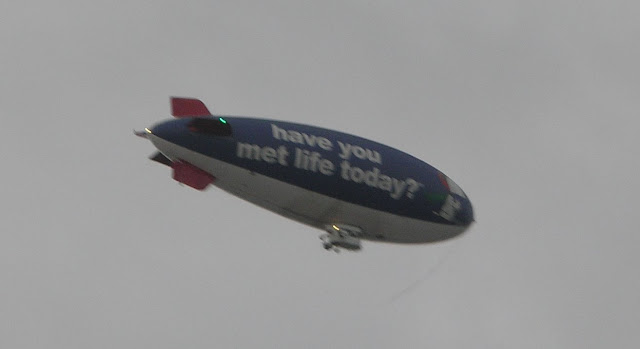The headlights came on in the Toyota again this morning. We forgot to leave them in the high beam position. I need to compose and mail a certified complaint letter to Toyota . Orion is in the west with Sirius and an oblate moon this morning.
Willcox is literally a whistle stop in the desert, except the long trains don't stop here anymore. They just chug though and whistle about once an hour. Most of them are bearing hundreds of containers with Chinese names on the way to Wal-Mart super centers.
We returned to the Chiricahua National Monument equipped with our new Chinese waterproof boots. The snow had partially melted into puddles and then refrozen on the trails making them very treacherous. At the 7,000 foot level the 25 degree F. afternoon temperature and winds made our Florida winter clothes and lack of gloves seem very inadequate. We decided instead to try hiking Fort Bowie at Apache Springs.
To get to Apache Springs from Willcox, you drive south 20 miles on a two-lane paved road though the desert, then east on a dirt road into the mountains another eight miles. Then you park and walk along a trail two miles to the Fort and then back to your car on another trail.
The first thing seen on the trail of the Fort Bowie National Historic Site is the foundation of a miner’s cabin. Gold bearing veins in granite were discovered her in the 1850s. That discovery did not bode well for Cochise and his tribe.
Further along the trail is a small valley called Apache Pass. A railroad survey team camped here for two days in the 1850s looking for an all-weather transcontinental rail route. Later they found a better route further north. The Butterfield stage company established a stop here on the 25-day, 2,800 mile route from St Louis to San Francisco. Cochise chopped wood here and granted safe passage for the stage line in exchange for gifts. The narrow stage trail ruts are still visible though the valley.
The "Bascom affair" occurred here in this remote empty valley. Lt. Bascom wrongly accused Cochise of kidnapping a settler boy and ordered him held when he reported for questioning. Offended, Cochise bolted from the tent and escaped. Both sides took and executed hostages leading to a bitter eleven-year war.
A wagon train massacre occurred here as well as a large scale battle between the Apaches and California Volunteers. Over 100 soldiers in the graveyard were disinterred and relocated when the fort shut down after Geronimo’s surrender in 1886. The graveyard still contains 37 civilian bodies, including the three-year old son of Geronimo, who was named Little Robe.
Geronimo talked to God on a nearby mountain top. God told Geronimo that he would not die in battle, but that he would die of old age. This prophesy turned out to be true, Geronimo died in a POW camp at Fort Sills in July, 1909. Geronimo was born Goyahkla, "The One Who Yawns," to the Bedonkohe people, a branch of the Eastern Chiricahua Apache. His name was invoked by American paratroopers during WWII.
Apache Springs further on is just a trickle. Water in this desert is rare. The spring is caused by a geologic fault with granite on one side and sedimentary rock on the other. Without the fault there would be no water and no history here.
The last stop on the two mile foot trail is the ruin of Ft. Bowie. This is an extensive complex of buildings including ammunition bunkers and howitzer positions. Morale here was low due to poor food, disease, lack of entertainment, harsh discipline and the ever-present hostile Apaches. Troops were rotated out frequently.
On the trail, something eats birds and berries...
The trail back winds over a high hill covered with desert agave, prickly pear cactus, scrub oak and soapstone yucca plants. The historic site is well done with interesting historic, geologic and botanic plaques to read every few hundred feet.
Happy New Year!
Here are pictures of Apache Pass and the Chiricahua Mountains....





